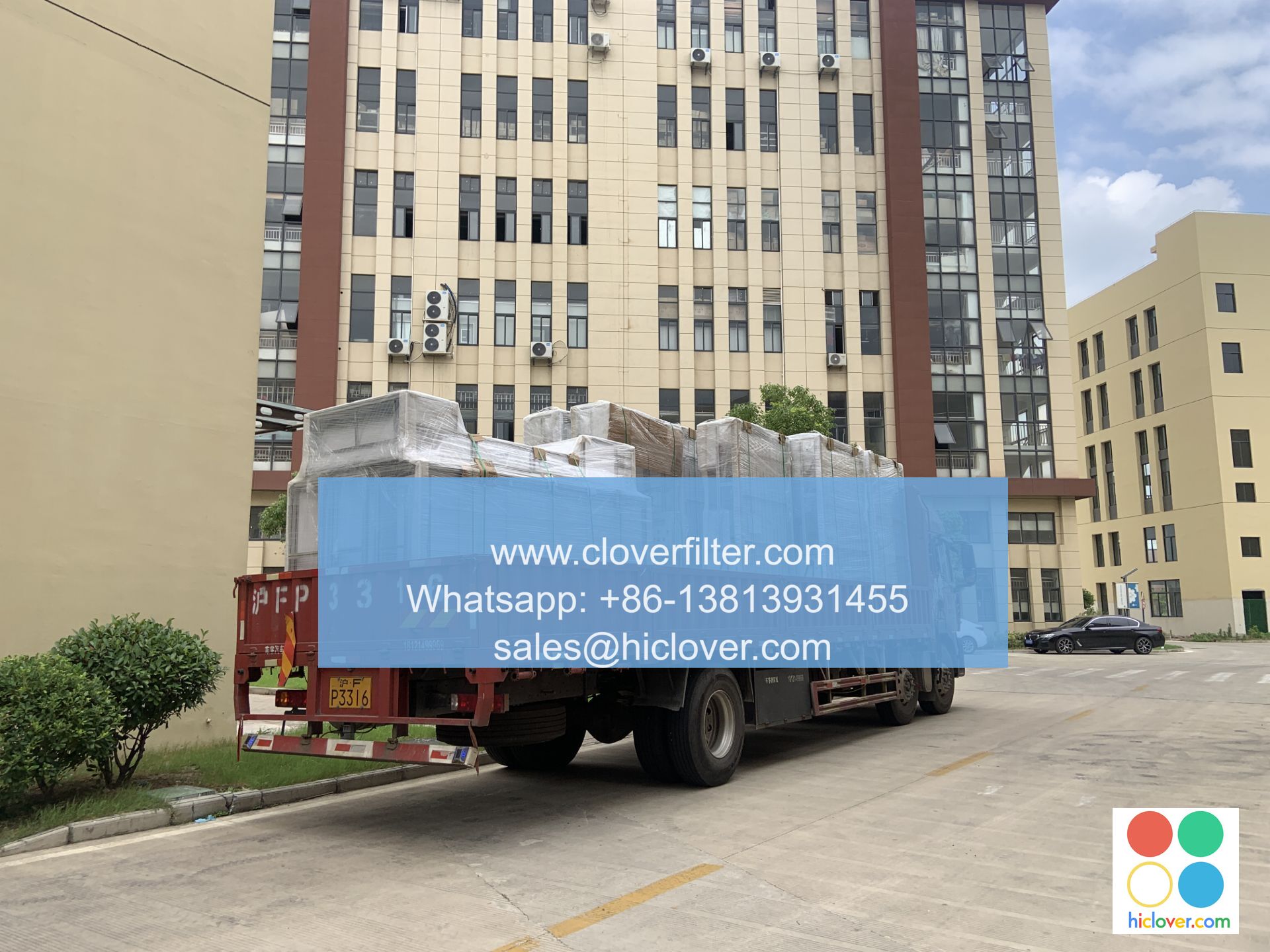Clean Lab Air Filtration: A Review of Current Technologies

Clean lab air filtration is a crucial aspect of maintaining a contamination-free environment in laboratories, research facilities, and other sensitive areas. The importance of air quality control and ventilation systems cannot be overstated, as they play a significant role in preventing the spread of airborne contaminants and ensuring the safety of personnel and equipment. In this article, we will review the current technologies used in clean lab air filtration, highlighting their key features, application areas, and benefits.
HEPA and ULPA Filtration Systems
High Efficiency Particulate Air (HEPA) and Ultra Low Penetration Air (ULPA) filters are widely used in clean lab air filtration systems. These filters are designed to capture 99.97% of particles as small as 0.3 microns, including bacteria, viruses, and other airborne contaminants. HEPA and ULPA filters are commonly used in laboratory fume hoods, biological safety cabinets, and pharmaceutical manufacturing facilities.
Activated Carbon and Chemical Filtration
Activated carbon and chemical filters are used to remove gases and volatile organic compounds (VOCs) from the air. These filters are often used in combination with HEPA and ULPA filters to provide comprehensive air purification. Activated carbon filters are effective against odors, chemical fumes, and other gases, while chemical filters are designed to capture specific chemicals and compounds.
Ionization and Electrostatic Precipitation
Ionization and electrostatic precipitation technologies are used to remove airborne particles and contaminants from the air. These systems use electrical charges to attract and capture particles, which are then removed from the air stream. Ionization and electrostatic precipitation systems are often used in cleanrooms, laboratories, and manufacturing facilities where high levels of air purity are required.
Application Areas
Clean lab air filtration systems have a wide range of application areas, including:
* Laboratories and research facilities
* Pharmaceutical manufacturing and biotechnology
* Medical facilities and hospitals
* Cleanrooms and electronics manufacturing
* Food processing and beverage manufacturing
Benefits and Future Directions
The benefits of clean lab air filtration are numerous, including improved air quality, reduced contamination risks, and enhanced personnel safety. As technology continues to evolve, we can expect to see the development of even more effective and efficient clean lab air filtration systems. Some potential future directions include the use of nanotechnology and advanced materials to improve filter performance and reduce energy consumption. Additionally, the integration of IoT sensors and data analytics may enable real-time monitoring and optimization of clean lab air filtration systems.
In conclusion, clean lab air filtration is a critical aspect of maintaining a contamination-free environment in sensitive areas. The current technologies used in clean lab air filtration, including HEPA and ULPA filtration systems, activated carbon and chemical filtration, and ionization and electrostatic precipitation, offer a range of effective solutions for various application areas. As the demand for high-quality air purification continues to grow, we can expect to see the development of even more innovative and effective clean lab air filtration technologies.

